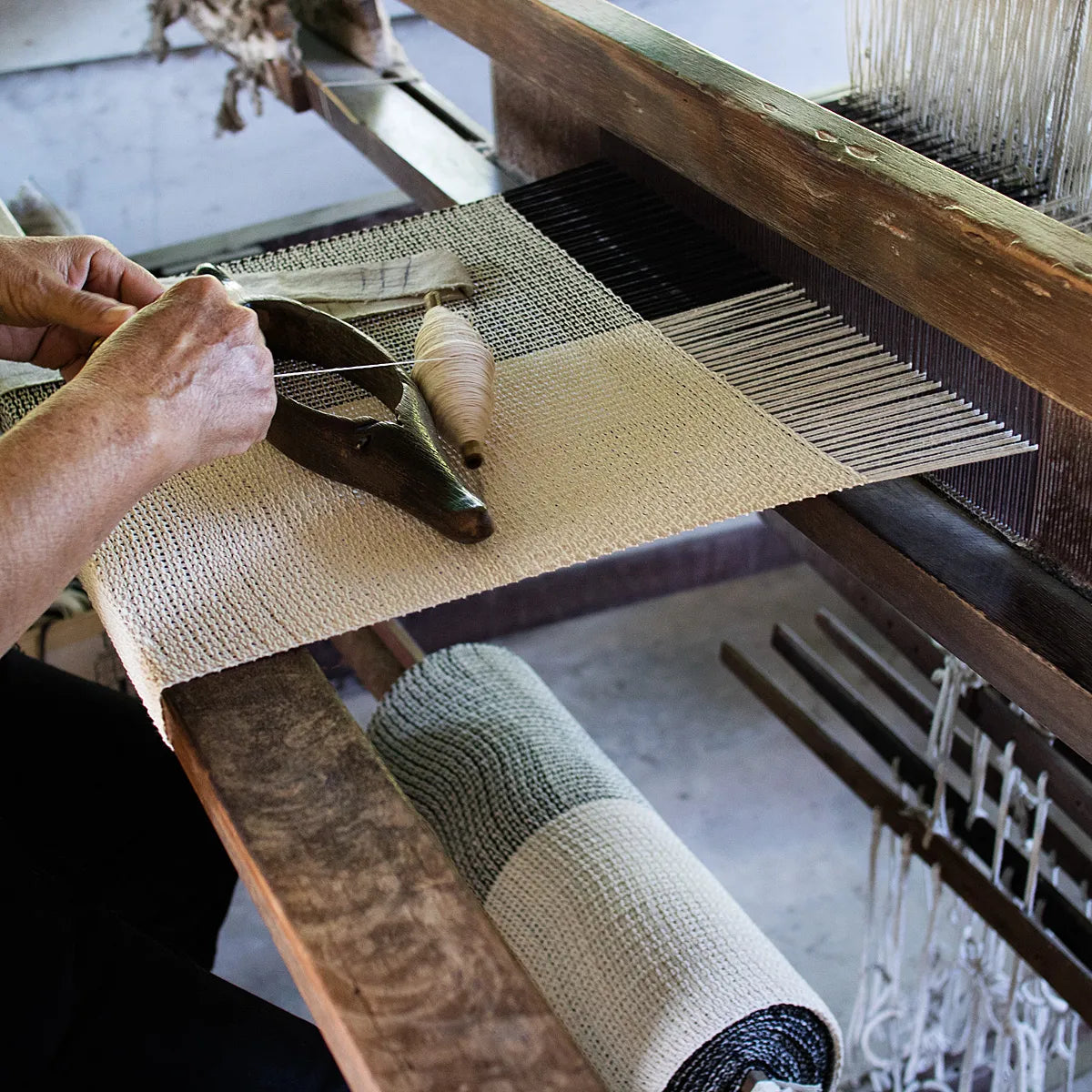
Types of fabric
Types of fabric
Silk
Thai silk holds a rich history dating back over 2,000 years. Legend has it that silk production in Thailand began during the reign of the ancient kingdom of Sukhothai, where Princess Si Ling Chi discovered silkworms while sipping tea under a mulberry tree. Fascinated by the silk threads produced by the silkworms, she introduced sericulture to Thailand, laying the foundation for the country's illustrious silk industry. Over the centuries, Thai silk became prized for its exceptional quality and exquisite beauty, favored by royalty and nobility for ceremonial attire and diplomatic gifts.

The production of Thai silk is a labor-intensive process that combines traditional craftsmanship with modern techniques. It begins with the cultivation of mulberry trees, whose leaves serve as the primary food source for silkworms. Silk farmers carefully nurture the silkworms, ensuring optimal conditions for their growth and cocoon production. Once the silkworms spin their cocoons, they are carefully harvested and boiled to soften the silk threads. The delicate threads are then carefully unraveled and spun into skeins, ready for dyeing and weaving. Traditional hand-weaving techniques, such as the intricate brocade and ikat methods, are employed to create intricate patterns and designs on the loom, resulting in luxurious fabrics renowned for their luster and texture.
Learn more about Thai Silk Production https://www.thailandfoundation.or.th/culture_heritage/the-making-of-thai-silk/
Homespun Cotton (handwoven)
Homespun cotton, also known as handloom cotton or khadi, is a traditional cotton textile produced using hand-operated looms. Unlike mass-produced cotton fabrics, which are typically manufactured in factories using automated processes, homespun cotton is crafted by skilled artisans using time-honored techniques passed down through generations. The name "khadi" derives from the Hindi word for "hand-spun" and "hand-woven," reflecting the labor-intensive nature of the production process.

Homespun cotton fabrics are characterized by their rustic texture, irregularities, and subtle variations in color and weave. Each piece of homespun cotton is unique, bearing the marks of the artisan's handiwork and the imperfections inherent in handmade textiles. The fabric has a soft and breathable quality, making it comfortable to wear and ideal for everyday use. Homespun cotton fabrics are often left undyed or dyed using natural plant-based dyes, resulting in earthy tones and muted hues.

Homespun cotton fabrics have a wide range of uses in clothing, home decor, and craft projects. In clothing, homespun cotton is prized for its comfort, durability, and eco-friendly appeal, making it a popular choice for shirts, blouses, pants, and skirts. The fabric is also used to create traditional garments such as saris, dhotis, and lungis in South Asian cultures. In home decor, homespun cotton is used to make curtains, table linens, towels, and bedding, adding a touch of rustic charm and natural beauty to interior spaces.
HEMP
The production of hemp textiles in Thailand is a traditional craft that has been practiced for centuries, with hemp being one of the oldest fibers cultivated in the region. Artisans hand-spin hemp fibers into yarn and weave them using looms, creating durable and intricate fabrics. The plant thrives in Thailand's tropical climate, and it is usually grown organically, requiring minimal pesticides and herbicides, making it an environmentally sustainable crop.

Hemp fabric is valued for its durability, breathability, and natural antibacterial properties. It becomes softer with each wash and is resistant to mold and UV rays, making it ideal for clothing and household items. Modern innovations have improved hemp processing, resulting in softer, more versatile fabrics. Thai designers now blend traditional craftsmanship with contemporary fashion and home décor, promoting sustainable practices in the textile industry.

The production of hemp textiles in Thailand not only preserves traditional craftsmanship but also supports sustainable agriculture and environmental conservation. Hemp is known for its strength, durability, and eco-friendly properties, making it an increasingly popular choice for clothing, accessories, and home textiles in both local and global markets.
